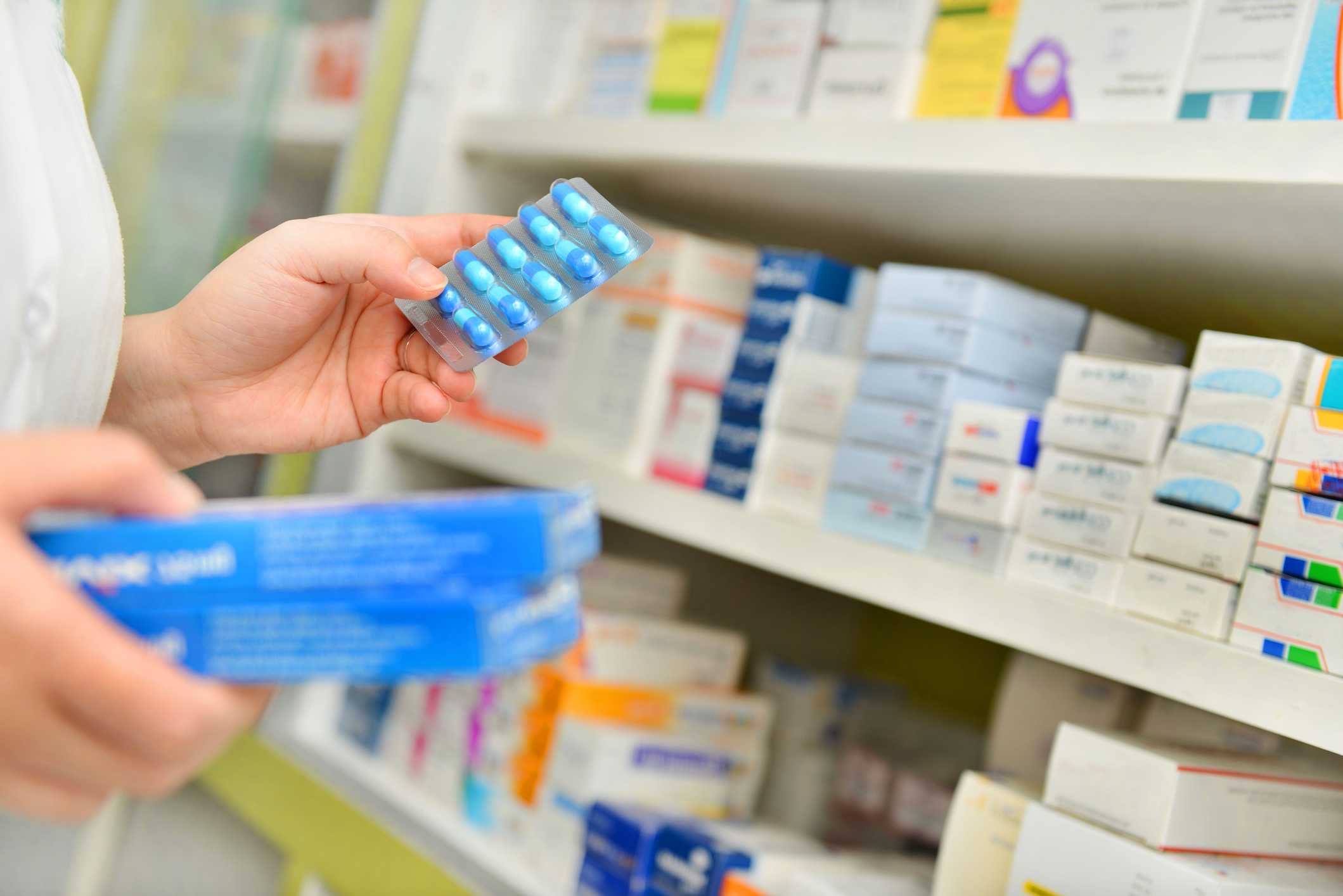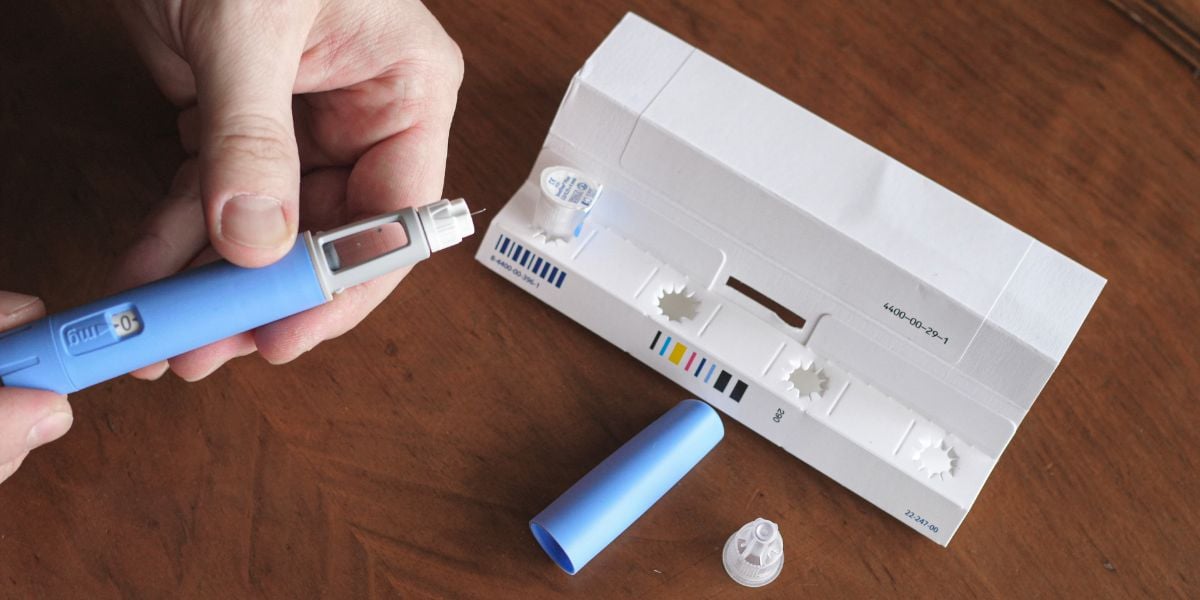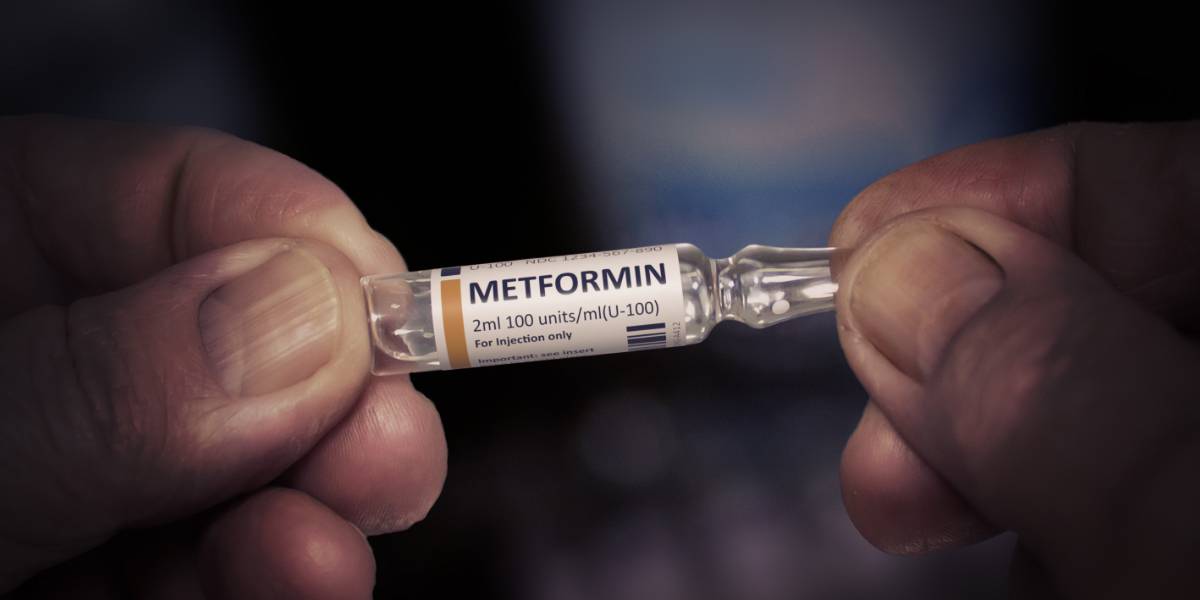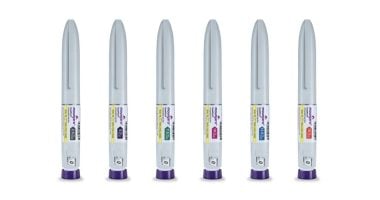Thiazolidinediones, also known as glitazones, are a group of oral anti-diabetic drugs designed to treat patients with type 2 diabetes.
Classed as oral hypoglycemic drugs along with biguanides, they are taken once or twice daily with or without food and work by targeting insulin resistance – a core physiologic defect in those with type 2 diabetes.
By reducing the body’s resistance to insulin, the hormone is allowed to work more effectively at improving blood glucose control.
Glitazones also help lower blood pressure and improve lipid metabolism by increasing levels of HDL (or ‘good’) cholesterol and reducing reducing levels.
Drugs in this class
Pioglitazone ( Actos ) is the only drug in this group available in the UK, following the European ban on rosiglitazone ( Avandia ).
The tablet improves insulin sensitivity and also helps to protect the insulin-producing cells in the pancreas.
It can be used on its own as a monotherapy or as combination treatment with either a sulphonylurea or metformin, or insulin.
How do glitazones work?
TZDs work by targeting the PPAR-gamma receptor, which activates a number of genes in the body and plays an important role in how the body metabolises glucose and how the body stores fat.
TZDs can therefore help boost insulin sensitivity and preserve the function of insulin producing cells, but they do raise the risk of weight gain.
Who are TZDs suitable for?
A thiazolidinedione treatment may be prescribed as a treatment for people with type 2 diabetes if metformin and either sulphonylureas or prandial glucose regulators are not tolerated or successful in lowering blood glucose levels sufficiently.
An alternative treatment such as a DPP-4 inhibitor or incretin mimetic may be prescribed if weight gain could present notable health problems.
Benefits of thiazolidinediones
The benefits of glitazones include decreased blood glucose levels and preservation of the pancreas’s ability to produce sufficient levels of insulin.
Glitazones also help lower blood pressure and improve lipid metabolism by increasing levels of HDL (or ‘good’) cholesterol and reducing levels of triglycerides – a type of fat in the bloodstream and fat tissue.
Side effects
Because TZDs target an important receptor that activates a variety of different genes, there have been varying side effects between different individual drugs within the class.
Side effects of glitazones may include:
- water retention
- weight gain
- eyesight problems
- reduced sense of touch
- chest pain and infections
- allergic skin reactions
Less common but more dangerous side effects include:
- macular oedema
- heart problems
- liver failure
- anaemia
- bone fractures
Recent controversy
The safety reputation of thiazolidinediones took a huge hit in 2010 after rosiglitazone (Avandia) – the most popularly prescribed drug in this class – was associated with a an increased risk of heart attack and stroke
A number of studies concluded that heart failure was a side effect of the medication, and that the benefits of Avandia for diabetics no longer outweigh the risks involved. This led to it being banned in various countries, including the UK, in late 2010.
Actos, the second most widely prescribed glitazone, also hit the headlines that year after being linked with instances of bladder cancer. Reports suggested that extended use of the drug may significantly elevate the risk of bladder cancer, but the evidence was deemed insufficient by health regulators to warrant its removal from the market. However, those Actos should be aware of the symptoms of bladder cancer







